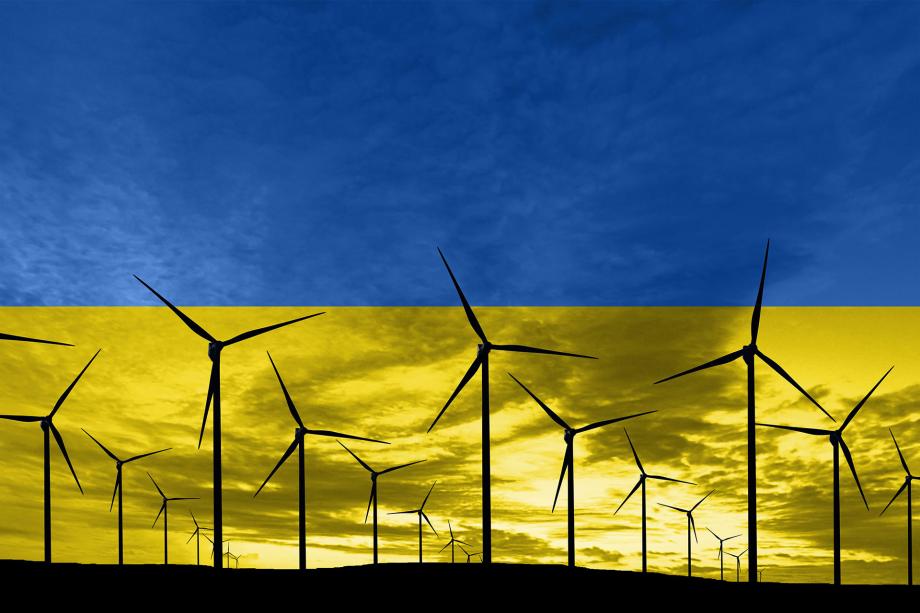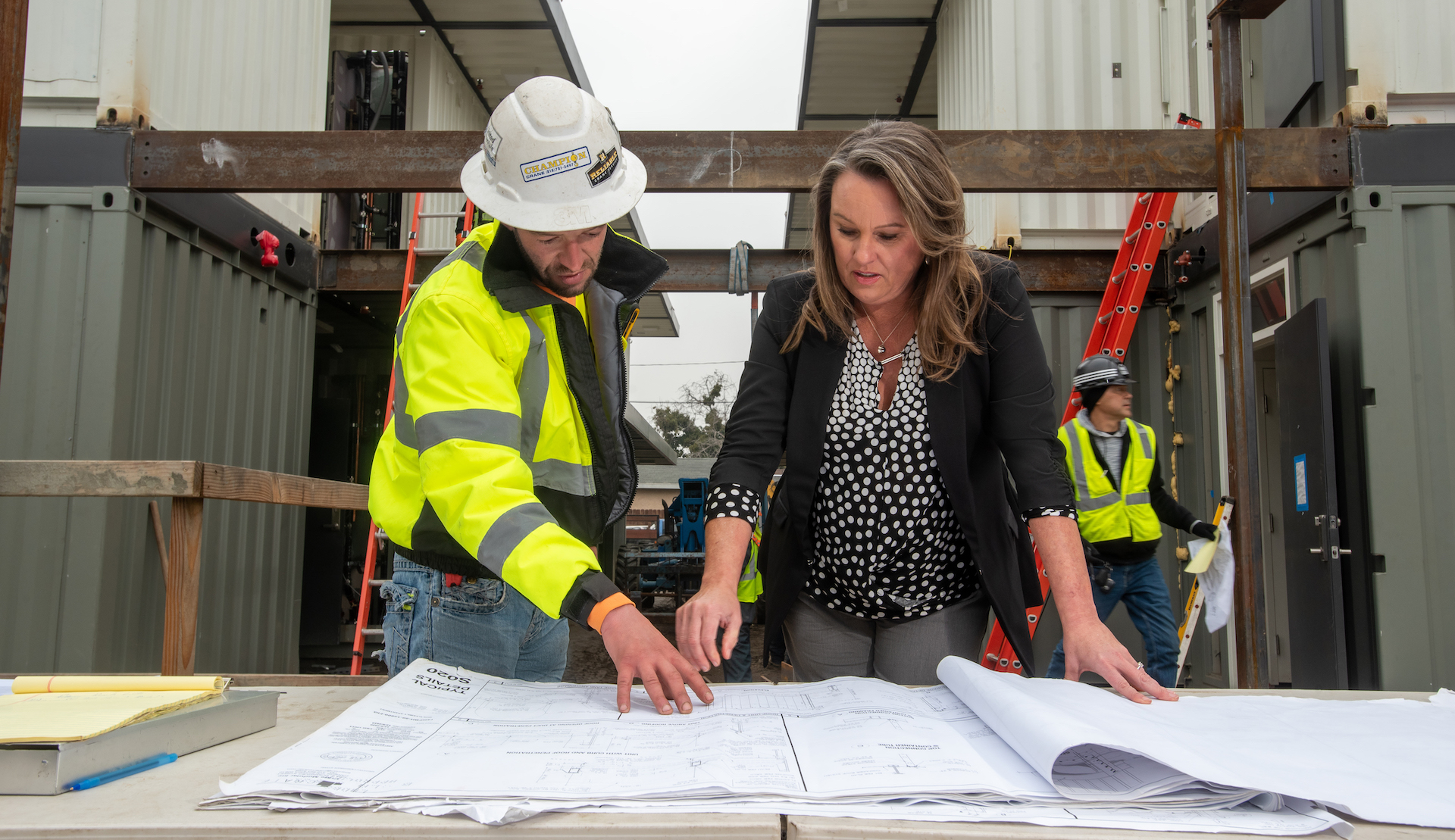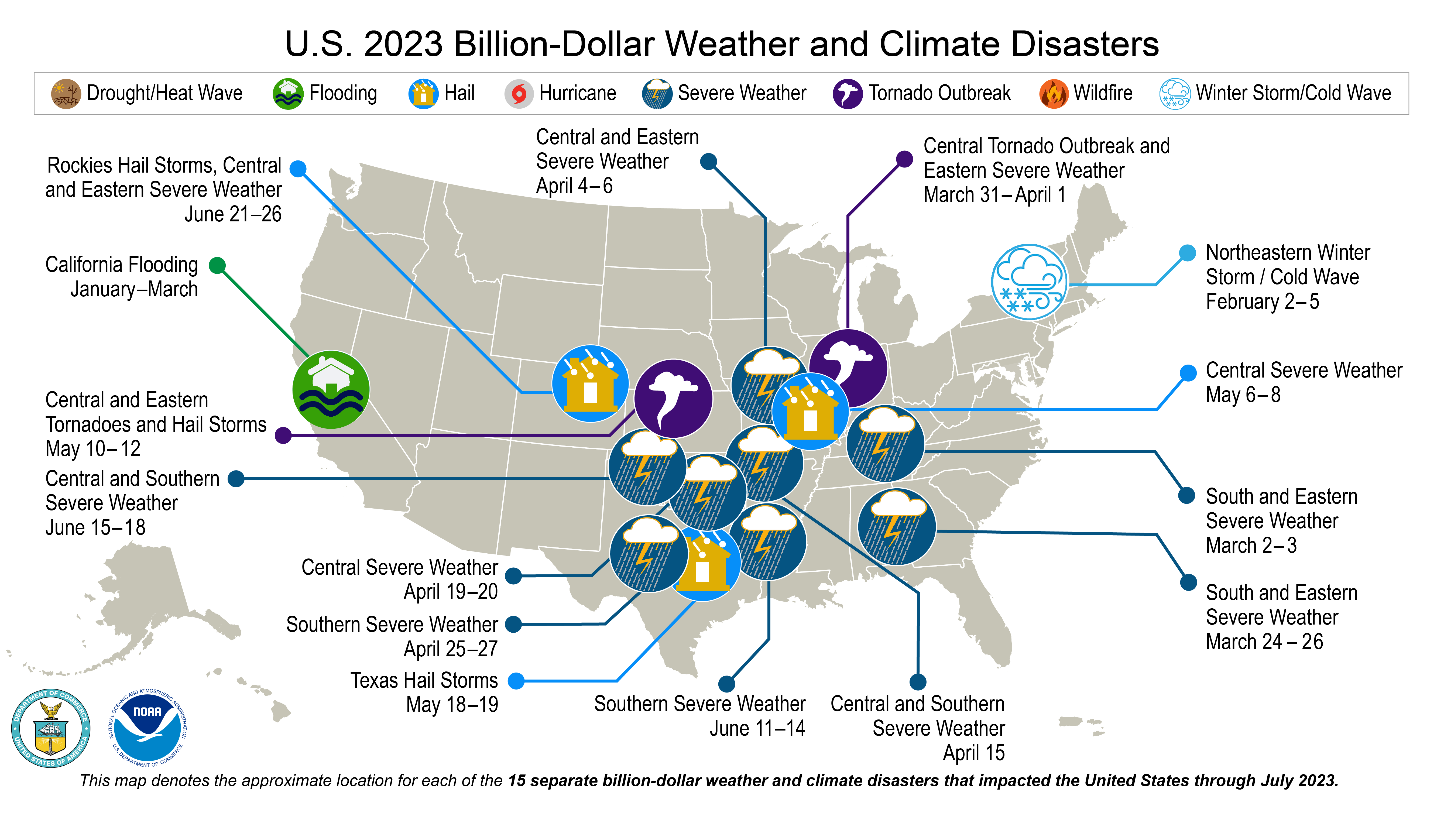Editor’s note: ImpactAlpha contributing editor Imogen Rose-Smith, a longtime senior writer for Institutional Investor, contributes a bi-weekly column on the policies, practices and strategies of the largest asset allocators, including pensions, foundations, and endowments. As Imogen says, she’s “tracking what investors do, not just what they say.”
ImpactAlpha, June 4 – Last fall, Politico ranked Russian President Vladimir Putin No. 1 on its list of the 28 most influential power players driving Europe’s green agenda.
Russia’s February 2022 invasion of Ukraine made embarrassingly clear the dirty secret of Europe’s dependence on Russian oil and gas. It “took a war criminal to speed up Europe’s clean energy revolution,” as Politico put it. Putin made clean energy “fundamentally a matter of national security.”
At the same time, the U.S. is accelerating the greening of its fleets and its grids, through federal legislation and private investment. China invested $546 billion in clean energy in 2022, Bloomberg New Energy Finance reported in January, almost four times that of the U.S. and close to half of the global $1.1 trillion invested in the sector last year.
As climate change becomes a matter of national security, governments are increasing spending on the clean energy transition and climate resilience. New technology is coming online, older technology (think solar and wind) is scaling impressively. Climate-related markets are creating significant opportunities for institutional impact investors. Institutional-sized opportunities.
Infrastructure Week
Last month, Norway’s $1.3 trillion sovereign wealth fund added a 16.6% stake in a German offshore wind farm in the North Sea to its portfolio of renewable projects, which also includes part of Iberdrola’s Spanish solar and onshore wind portfolio and a Dutch wind farm with Orsted, according to Reuters.
Last year Ontario Teachers unveiled plans to invest up to $1 billion in new offshore wind projects. As M&A activity for offshore wind surges (with 99 deals last year), The $250 billion Toronto-based pension plan is among the most active investment firms “increasingly gravitating towards acquiring direct stakes in operational and under-development assets, seeking to make the most of the dramatic cost declines and need for low-cost capital in the sector,” according to Energy Data Analytics. (Others include Copenhagen Infrastructure Partners, Global Infrastructure Partners, Macquarie’s Green Investment Group, HitecVision and Mubadala Capital – all of which have major institutional investors in their limited partnerships.)
Ontario Teachers also made a significant investment in Scotland’s power grid last year. Cubico Sustainable Investments, backed by Ontario Teachers, in January agreed to buy a one-gigawatt solar power project in Brazil.
Ontario Teachers was among a group of Canadian pension fund managers, some of the largest institutional investors on the planet with more than C$1 trillion in assets, who took a trip to Germany to let German Chancellor Olaf Scholz know their commitment to investing in German energy infrastructure. Last August Canada and Germany signed a declaration committing to collaborate on the export of Canadian clean hydrogen to Germany.
If the Norwegians and the Canadians are cleaning up, the investors who are most likely to miss out on these opportunities are public pension funds in Texas, Florida, Utah and other states in the U.S. that are being hamstrung by their local politicians.
Such institutional investors face backlash around ESG investing, and climate change investment in particular. That’s driven in no small part by fossil fuel dependent states, such as Texas and West Virginia, looking to protect their local economy (and ambitious politicians looking for votes and donations). And it’s possible (if not likely) that there is still plenty of money to be made out of the Texas oil patch, over the next decade, especially if oil prices rise. And maybe even West Virginia gas, now that court clearance of the Mountain Valley Pipeline is part of the ransom to be paid for the privilege of not defaulting on the U.S. sovereign debt.
Meanwhile, the long-term risks associated with traditional fossil fuel investments continue to rise.
Most institutional asset owners, however, will invest in oil and gas (and even coal) assets for the foreseeable future. In fact, the same concerns around energy security that are causing increased interest around investment in renewables are also encouraging investment in domestic oil and gas production. The duration of most private market fund investments is 10 to 12 years – sometimes too short to capture the long-term value of renewables.
Like it or not, some traditional private market fossil fuel investments may still prove very lucrative for long-term asset owners, at least over the next decade. Even if it is frustrating that capital is being used to continue to build the carbon economy, it does not mean such investments can’t be profitable.
And challenges remain in moving institutional capital into more esoteric sectors and more risky investments, such as direct investment in new technologies or infrastructure and emerging market economies.
Yet despite macroeconomic, political, and supply chain challenges, investment in the clean energy transition, including energy efficiency, reached a record $1.3 trillion in 2022, according to the International Renewable Energy Agency’s report, Global Landscape of Renewable Energy Finance, published in February. IRENA estimates that institutional investors were responsible for one-quarter of energy project acquisition and financing in 2019, up from less than one fifth in 2010.
Even for ESG-unfriendly or non-climate investors, the trend is toward more investment in the clean energy economy and the climate transition. From food systems to energy infrastructure, “sustainable” is the opportunity now.
Cleantech hangover
Can investors really blame the bursting of the clean tech bubble – 15 years ago – for their continued skittishness about investing in clean energy? Many of those very same investors have since been very bullish about things like WeWork – and crypto.
To be sure, energy is a commodity; the (almost) infinite upside that comes with some venture investments (specifically software) is not really an option. And while China’s move toward renewables might be good for the planet, having them flood the market with cheap solar has been bad for some investors (not to mention that letting China capture the cobalt market seems like an extremely bad idea).
As for the need to bet on various technology solutions, that’s what venture capital does all the time. Eschewing batteries because it is unclear what technology will out is like choosing to avoid social media platforms because Myspace was a bust.
Climate tech investing has come back to earth in 2023. But last year set a record year for global venture capital investment in cleantech startups according to analysis from the consulting firm Oliver Wyman. A total of $12.3 billion was invested, up from $1.9 billion in 2019. Battery technology, storage solutions and renewable technology made up two-thirds of last year’s global venture capital investment.
“Investors globally have been racing to fund more climate-friendly technologies as the world tries to shift towards a lower-carbon economy,” Reuters reports.
This interplay between VC and infrastructure is a sweet spot for institutional investors, because while a VC investment more often than not will not move the needle for a large institutional asset owner, being able to then see a line of sight into larger infrastructure or private market opportunities adds value and generates potential deal flow. (Or that’s the theory at least.)
Some of the most exciting possibilities for institutional investors are where innovation and venture meet infrastructure and scale, allowing allocators to invest along the risk return spectrum, take advantage of their size, while also supporting innovation. These investments don’t necessarily need to be directly in renewable energy, they could be opportunities such as EV’s, or regenerative agriculture and the transformation of our food system.
This month, The Wall Street Journal reported that JPMorgan has agreed to invest more than $200 million to purchase carbon credits from start-up companies focused on carbon removal in what the paper calls “one of the biggest bets ever to remove carbon from the atmosphere as a way to fight climate change.” Putting aside whether you believe that carbon sequestration is essential to combat climate change, it’s a significant investment by a major institution.
Institutional investors have generally been loath to play in emerging markets, where the need for renewable energy investments is greatest. In 2021, investment per capita in North America was 57 times that in sub-Saharan Africa. Welcome to the free(-ish) market economy, babycakes. Institutional investors are not keen to deploy capital in markets and technologies when the risk reward equation doesn’t make sense for them, even if those areas are among those that most urgently need investment capital.
But how should we classify electric vehicle company Zero Nox? The California startup this month signed a deal with Jospong Group, a Ghanaian holding company. The terms call for Zero Nox to convert to electric the thousand-truck fleet of a Jopsong subsidiary. If successful, the deal could pave the way for the electrification of trucking across the African continent.
In March, Zero Nox announced plans to go public through an acquisition by Growth For Good Acquisition Corp., a SPAC (remember those?). If the deal closes, SPAC investors, including institutional investors in the accompanying PIPE, will be investing in Ghana’s clean energy infrastructure buildout.
Policy tailwinds
It’s not only Putin’s geopolitical brinkmanship that is driving interest in renewables, though Putin has certainly helped deliver some of the policy changes that are driving institutional investors to clean and renewable energy infrastructure.
Jehangir Vevaina of Brookfield Asset Management, based (natch) in Toronto, told the institutional investment publication P&I that without the U.S. Inflation Reduction Act, “there would have been significant development of renewables in the U.S.” With the IRA, “it’s even higher, because now you’ve taken projects and made them more economic,” he said. “That means a lower power purchase price for buyers, so more buyers are interested.”
Brookfield, with $825 billion in total under management, manages $161 billion in infrastructure assets with an additional $77 billion under its renewable power and transition group. Canadian economist, Mark Carney, ex- of the Bank of England is Brookfield’s board chair and head of transition investing (see, “Brookfield bucks fundraising malaise as it eyes another mega decarbonization fund”).
The U.S. is not alone. The European Commission plans to provide more than €250 billion ($270 billion) to clean-tech companies, The Economist reports. Europe has advanced, from 2030 to 2025, its target for doubling the EU’s installed solar capacity. Germany raised its target for the renewable share in power generation by 2030 to 80%, from 65%.
China has set a goal of 33% renewable power generation by 2025. BloombergNEF expects China to add three times the amount of solar in 2023 than it did just two years ago. EVs now make up one-third of new car sales. “China is nearing an inflection point in its energy transition more than a half-decade before a 2030 target to peak emissions,” says Bloomberg’s Dan Murtaugh.
Renewable development is not always cost efficient, The Economist makes clear. Rising commodities prices – another result of Russia’s war – tariff wars, employment shortages, and high capital expenditures create problems. But even challenging projects can generate their own investment opportunities.
That’s why fund managers get paid the big bucks. Right?
The investors most at risk of missing out on the clean energy economy are those in states – Texas and Florida being the most prominent – where state legislatures are putting in place anti-ESG legislation specifically designed to protect the fossil fuel economy. Both states have large public pension plans and other capital pools, such as the $65.3 billion University of Texas/Texas A&M Investment Management Co.
Public institutional investors in those states might not explicitly be prevented from investing in renewables. To date, most of the laws have targeted banks that are financing renewables and large asset managers, even as they continue to support the fossil fuel industry. But for the investment staff and professionals that head up these institutions, the political headache that would come with such investments undermines its strategic or economic value.
The threat is economic as well as financial. Texas which desperately needs renewables to sort out its utterly fucked up electric grid – is trying to sabotage its own climate leadership, as ImpactAlpha recently reported (see, “Don’t mess with Texas’s lead in the low-carbon energy transition”).
The deep irony is that even in places like Saudi Arabia (not to mention Canada and Norway), political leadership is taking the opposite approach. Recognizing the end for fossil fuel economy is nigh, they are diversifying into renewables and helping drive the clean energy transition.
Putin’s war in Ukraine has been financed by oil and gas. It is being waged in no small part because climate change is a literal and existential threat to Russia and Putin’s vice-like control over the petrostate.
Talk about being on the wrong side of history.
Imogen Rose-Smith is a contributing editor at ImpactAlpha. A longtime senior writer for Institutional Investor, she was most recently a fellow in the Office of the Chief Investment Officer of the University of California. Catch up on all of Imogen’s Institutional Impact columns.











